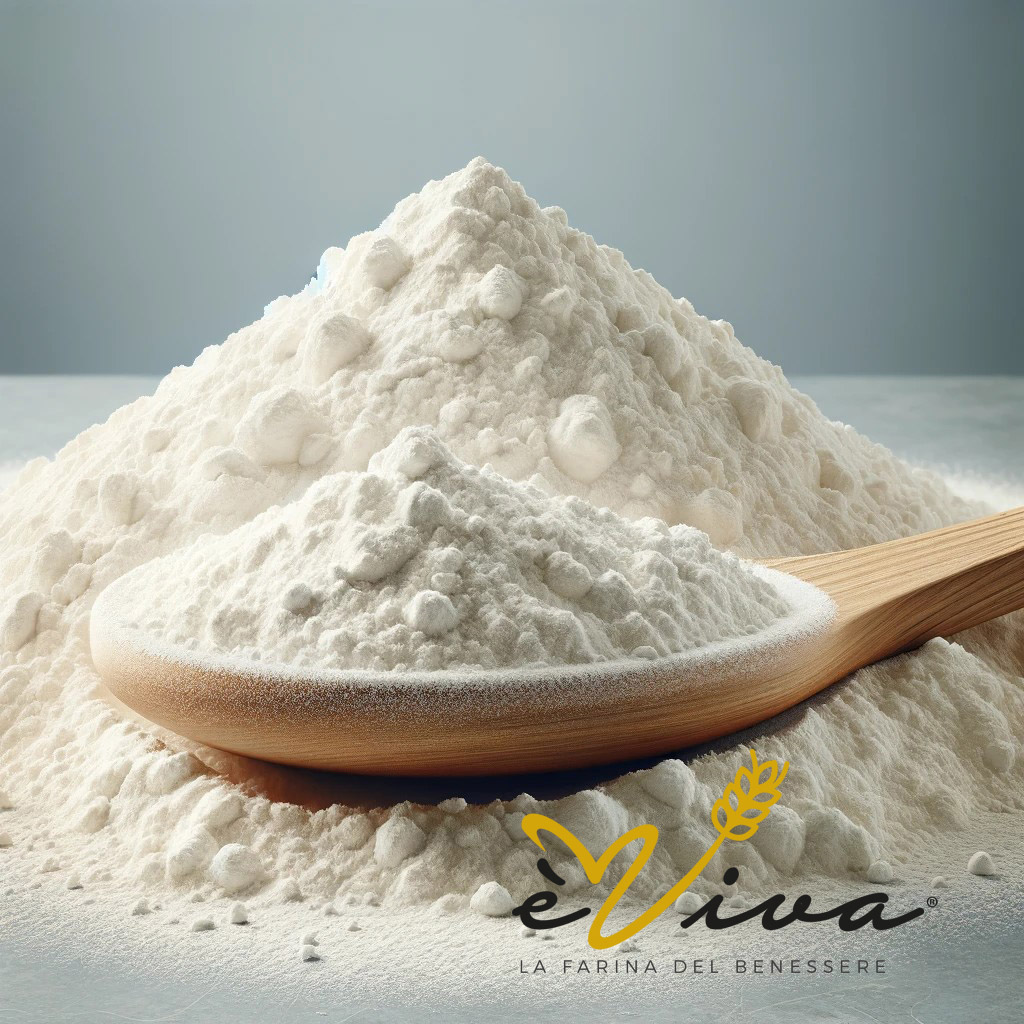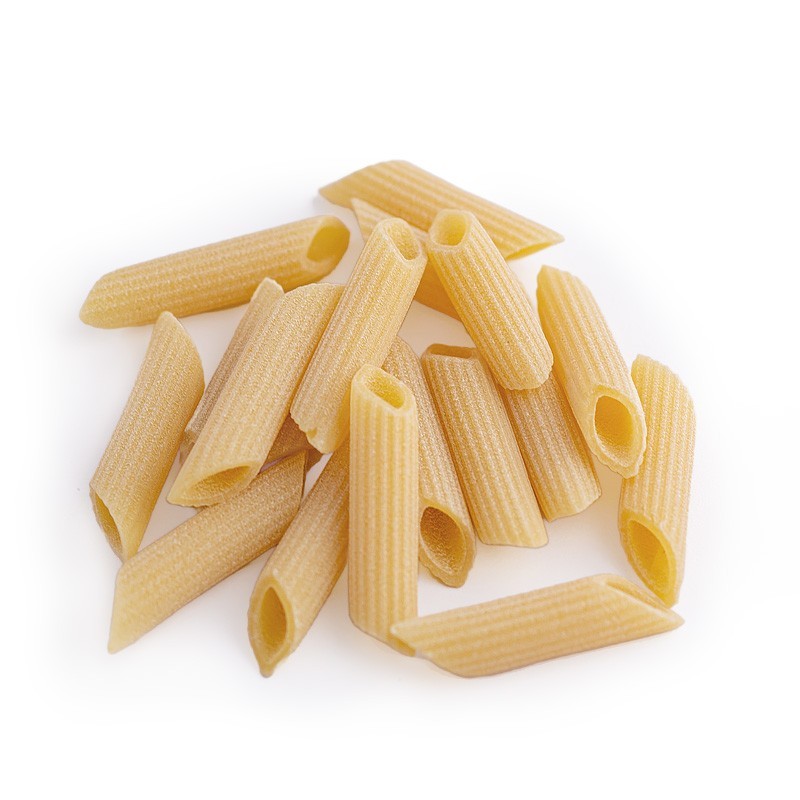12-02-2024

Flour is one of the most fundamental ingredients in cooking, essential for making bread, cakes, pasta, and much more. However, like all food products, flour also has a shelf life. Understanding when flour goes bad is crucial for ensuring the safety and quality of your culinary creations. In this article, we will explore the shelf life of flour, highlighting the differences between industrial and artisanal flour, with a special focus on the role of wheat germ.
Understanding Flour's Shelf Life
Industrial Flour: Extended Durability
Industrial flour, the type most commonly available in supermarkets, is treated for long-term preservation. This flour is refined to remove the wheat germ, the part of the kernel that contains natural oils prone to rancidity. Without the wheat germ, industrial flour can maintain its freshness for a significantly extended period, typically over a year from the production date. This process ensures that the flour remains stable and free from spoilage even when stored under optimal conditions, emphasizing the importance of knowing when flour goes bad for industrial products.
Artisanal Flour and Live Wheat Germ: Natural Freshness
On the contrary, artisanal flour, often produced in small quantities using traditional methods, retains the live wheat germ. This endows the flour with superior nutritional properties, thanks to the presence of vitamins, minerals, and essential fatty acids in the germ. However, the presence of these natural oils makes the flour more susceptible to rancidity, limiting its shelf life. For this reason, artisanal and whole grain flours, which preserve the wheat germ, generally have a recommended shelf life of about 6 months from the production date, underlining the importance of knowing when flour goes bad for artisanal flour to maintain the quality of your dishes.
How to Store Flour
Storing Industrial Flour
To keep industrial flour in its optimal condition, it is advisable to store it in a cool, dry place, away from heat and moisture. Even though industrial flour has a longer shelf life, it is beneficial to transfer it to airtight containers after opening the original packaging to protect it from insects and other contaminants.
Storing Artisanal Flour with Wheat Germ
Artisanal flour, especially whole grain or those with wheat germ, benefits from more careful storage conditions. Refrigeration or even freezing can significantly extend its freshness by slowing down the rancidity process. Make sure to use airtight containers in this case as well, to prevent condensation inside the container, which could compromise the flour's quality.
Recognizing When Flour Has Gone Bad
Recognizing will flour go bad or is no longer good for use is important to avoid unpleasant surprises in the kitchen. Smell is one of the main indicators: good flour will have a neutral or slightly sweet smell, while rancid flour will emit an unpleasant and pungent odor. Appearance can also provide clues: the presence of clumps, color changes, or signs of insect infestation are all signals that it's time to replace the flour, making it crucial to know will flour go bad.
Conclusion
The shelf life of flour largely depends on the type of product: industrial or artisanal, with or without wheat germ. While industrial flour offers the advantage of long-term preservation, artisanal flour requires more attention to storage but compensates with superior nutritional qualities. Knowing the shelf life of flour and how to store it correctly is essential for those who love to cook, ensuring safety and quality in their culinary preparations. Always remember to check the expiration date and follow good storage practices to get the best from your ingredients.
Choose èViva: The Flour That Transforms Every Recipe into a Masterpiece
Discover the secret to extraordinary recipes with èViva, the flour that is 100% natural, 100% Italian, and 100% high-performing. Made for those who will not compromise on quality, èViva is the perfect choice for every culinary creation, from bread making to pastry. With its natural origin and entirely Italian production, we guarantee a flour that not only enhances the flavor of your dishes but also elevates their nutritional quality. Its unmatched performance ensures impeccable results, turning every recipe into a true masterpiece. Don't settle for less when you can have the best: choose èViva to give your preparations that touch of excellence only high-quality flour can offer. Buy now and transform every dish into an unforgettable experience.Experience the difference, choose èViva.
Sources:
- Food and Drug Administration (FDA) of the United States: provides guidelines on food safety, including food preservation practices.
- European Food Safety Authority (EFSA): offers scientific information and assessments on risks associated with the food chain, including preservation standards for food products in the European Union.
- Istituto Superiore di Sanità (ISS) in Italy: is the technical-scientific body of the National Health Service that deals with, among other things, food safety and nutrition, providing recommendations and information based on scientific evidence.























